The following diagram is a trace of a Zener diode in avalanche. I can understand the explanations behind shapes A - D, but what causes shape E?
A is the accumulating charge within the junction's capacitance, and thus follows the common exponential form. But no charge seems to accumulate immediately following breakdown (shape B).
And from my own experiment, this time with a 24V diode at 30V:-
My theory is the electrons are cascading so fast that they're exceeding the current flow through the 100k resistor, spurred on by impact ionisation. So no charge can build. The avalanche gradually stops between ~26.4V and ~28V, and only then does charge rebuild > 28V.
Is this correct?

